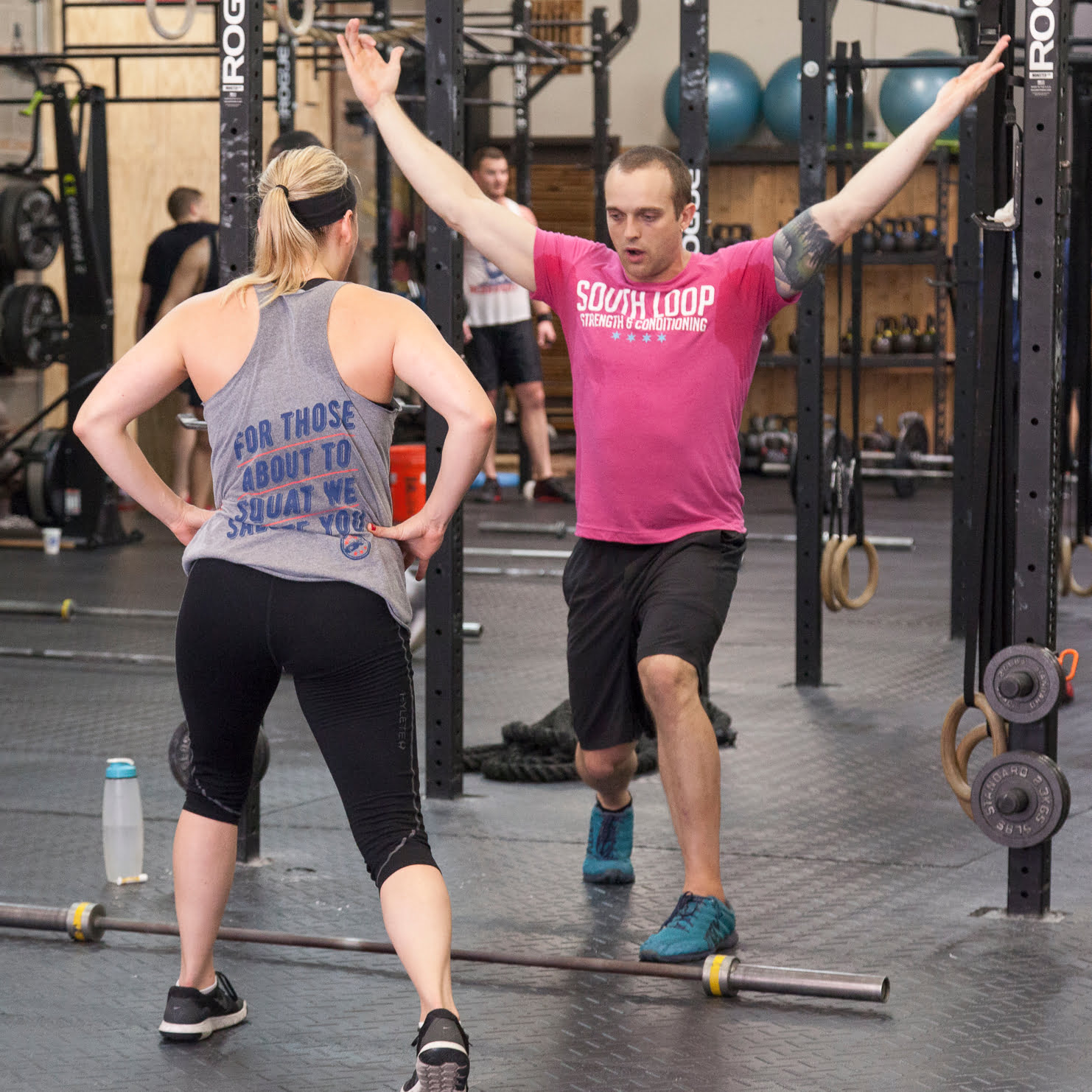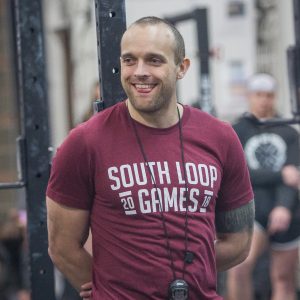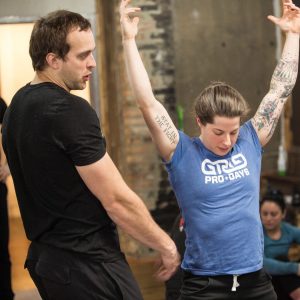As a continuing education junky, I’ve spent a pretty significant amount of time and money on courses related to fitness and business over the last several years.
I’ve been tending to gravitate towards many of the courses in the physical therapy and rehab realm. Why is this?
Well, I think some of it is that there is a huge market for these courses, since licensed professionals have to maintain continuing education credits, and a whole industry has sprung up surrounding meeting those requirements. And, some of the folks teaching are really, really good.
I also think that it has to do with the fact that I really like being slightly uncomfortable in terms of what I’m learning – and being in situations where most of the people in a room have a lot more specific education and background than me makes me feel like I have to step my game up to keep up.
As someone who was often bored and frustrated during school, this is pretty much the opposite experience of most of my classroom learning.
I’ve taken a lot of principles from these rehab-based courses and applied them to training athletes looking for performance – but I think there’s a lot of confusion surrounding the best and most reasonable ways to cross-pollinate these kinds of ideas.
So, I recorded a little bit of solo floetry with my thoughts on applying rehab principles to training performance-based athletes.
Listen Here
- iTunes
- Overcast
- Google Play
- mp3
- Or stream here:
Resources Mentioned
Show Notes
- [1:56] The value of continuing education in field that are not directly your specialty – and the value of being slightly behind the curve and slightly confused in courses
- [3:23] CrossFit coaches, personal trainers, and movement-based professionals should not be telling people that they’re going to fix their pain. Movement is often helpful, but painful issues should be referred out.
- [4:30] Training is the process of applying stress to the system and allowing adaptation to occur.
Movement patterning affects the dosage of stress an individual experiences. - [5:40] The research on injury prevention through altering movement patterns is murky at best. Coaches should not be making unfounded claims about injury prevention.
- [8:10] By altering movement patterns, the goal for an athlete is to be able to express their maximum potential.
- [9:20] Are movement patterns actually the limiting factor for an athlete? Many top performers do extremely well despite sever compensation patterns.
- [11:00] Does removing a compensation pattern actually help an athlete or can it hinder their performance in the short term?






